Category: Soap & Cosmetic Labeling
Blog posts that deal with soap and cosmetic labeling; addition information, questions asked and answered and updates as new information becomes known.
-
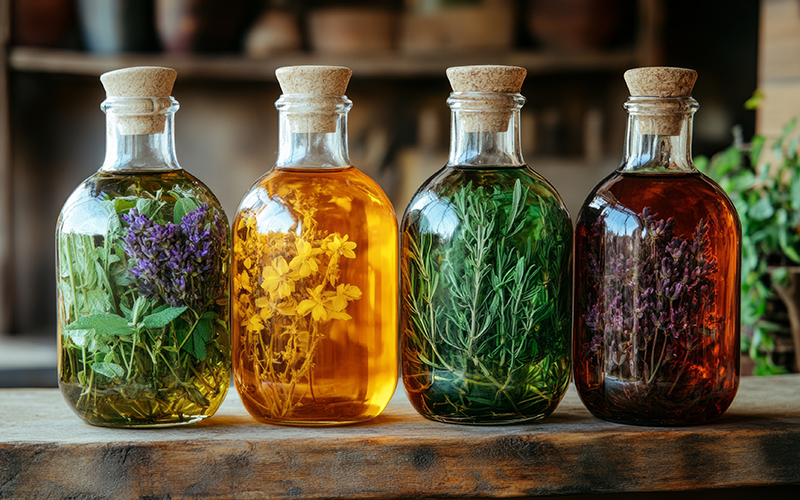
Ingredient Declaration: Infusions, Teas & Extracts
Infusions, teas, and extracts are a common component of many soap and cosmetic formulations, but where do they go in the ingredient declaration and how are they listed?
-
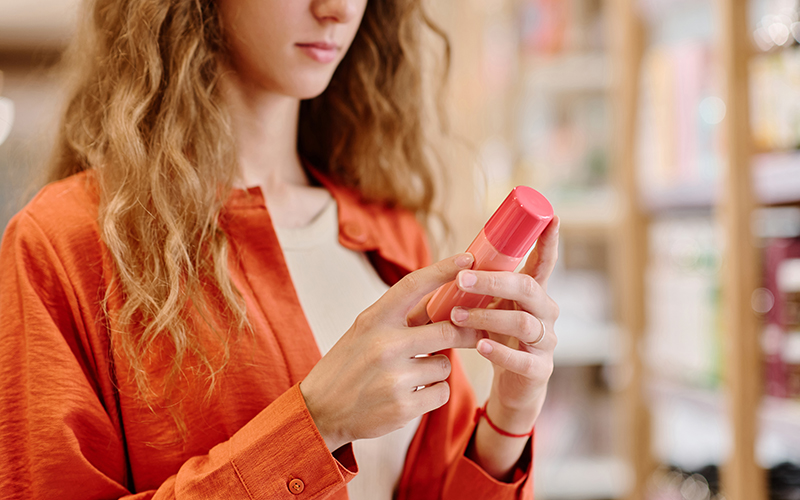
Label Design: The Sales Pitch
When you design a soap or cosmetic label, you’re juggling a lot of legal “must-haves.” But after that, there should still be room for a sales pitch right on the label.
-
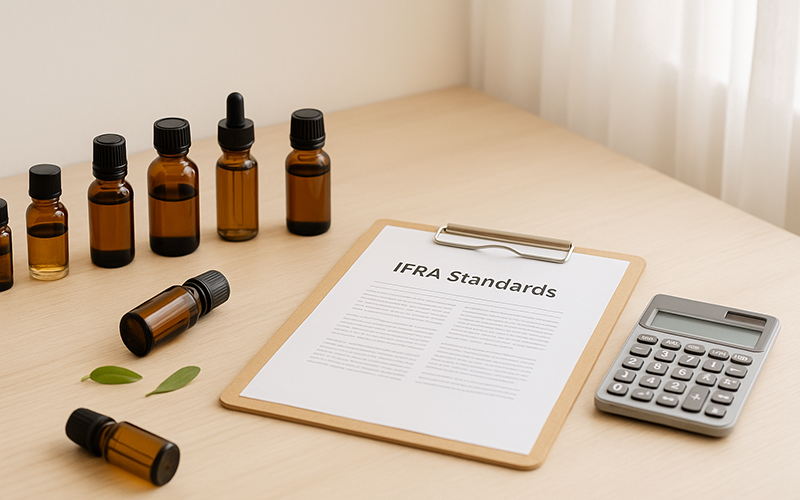
Understanding IFRA Standards
If you make fragranced soap or cosmetic products, you’ve probably bumped into “IFRA Standards.” Let’s dig into what they are and how to check compliance.
-
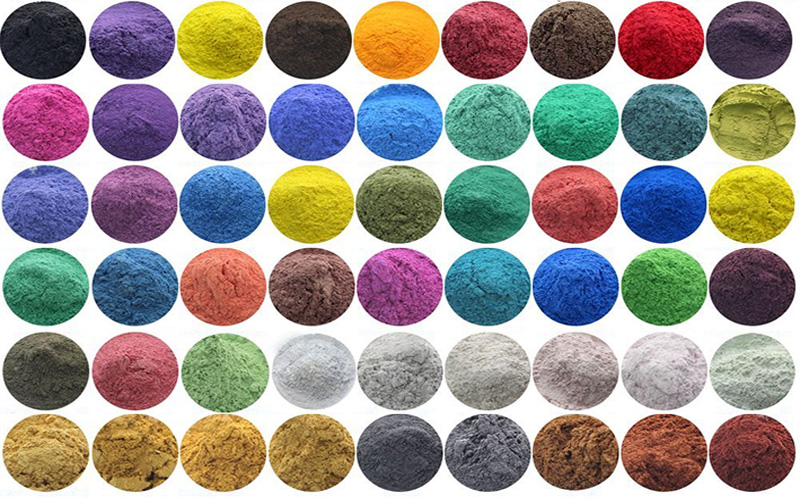
Ingredient Declaration: Color Additives
The alternate order of the ingredient declaration is easier for color additives But what can be considered a color additive, and how should it be named?
-
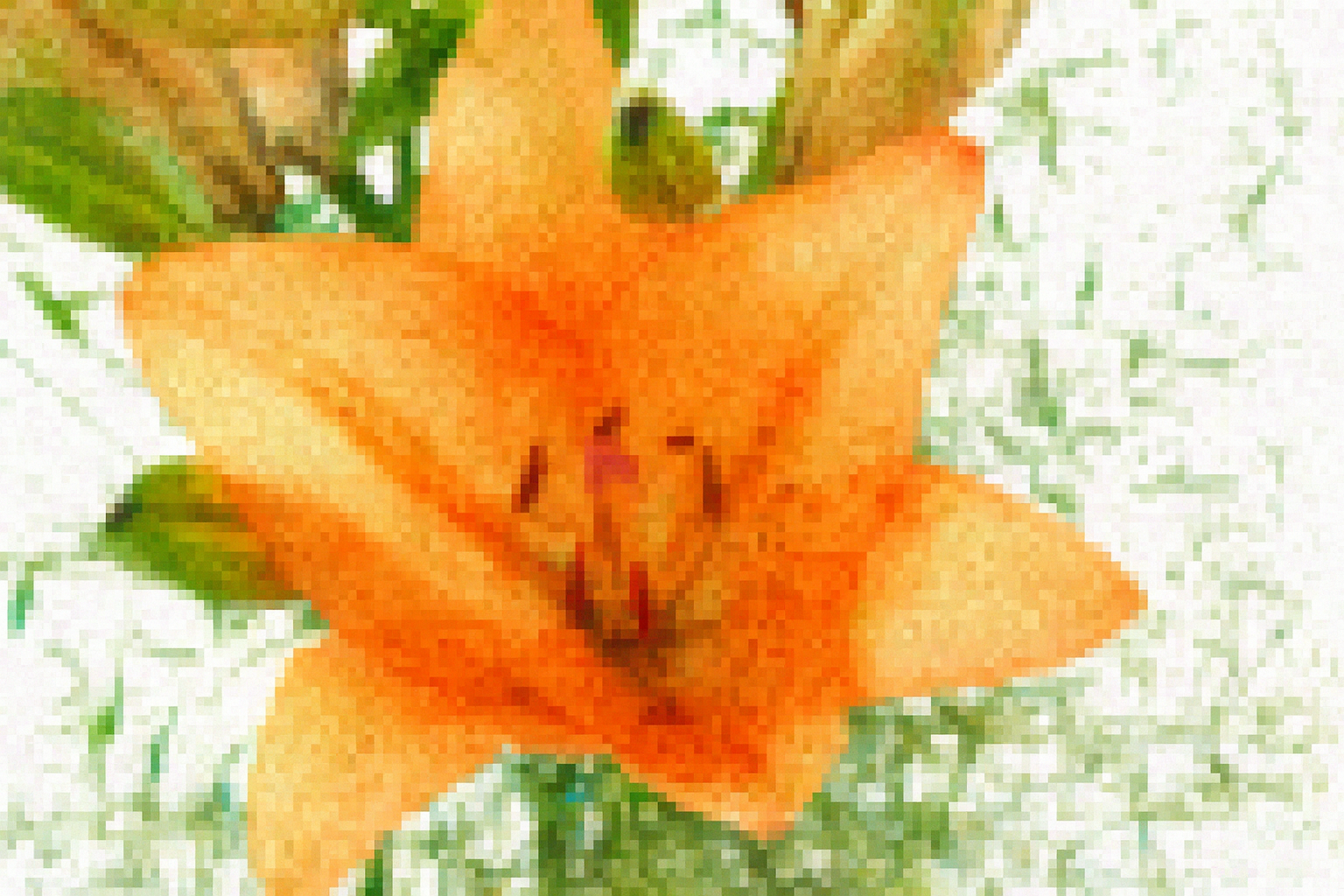
Label Design: Do Your Images Work?
Have you ever tried to use a web image on your label but printed too big or too small, or was fuzzy or pixelated? Here’s why.
-
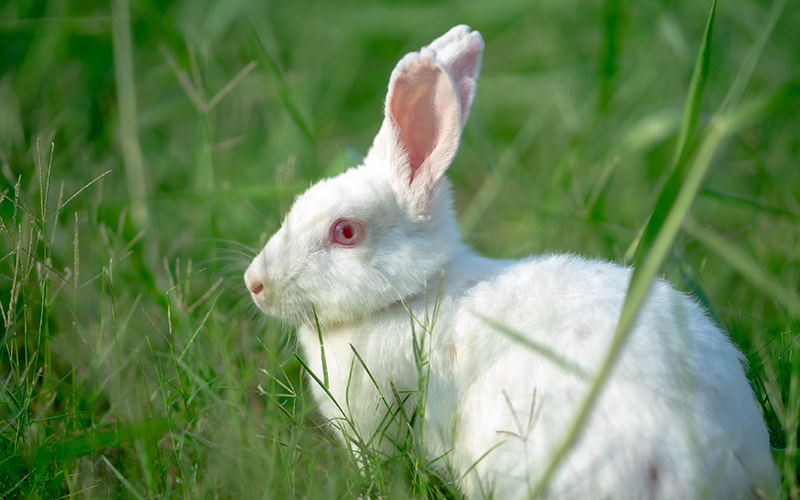
Cruelty-Free Logos
When you walk down the cosmetics aisle, it’s hard to miss all the little bunny logos and “cruelty-free” icons on labels. But not every bunny logo means what you might think it does.
-
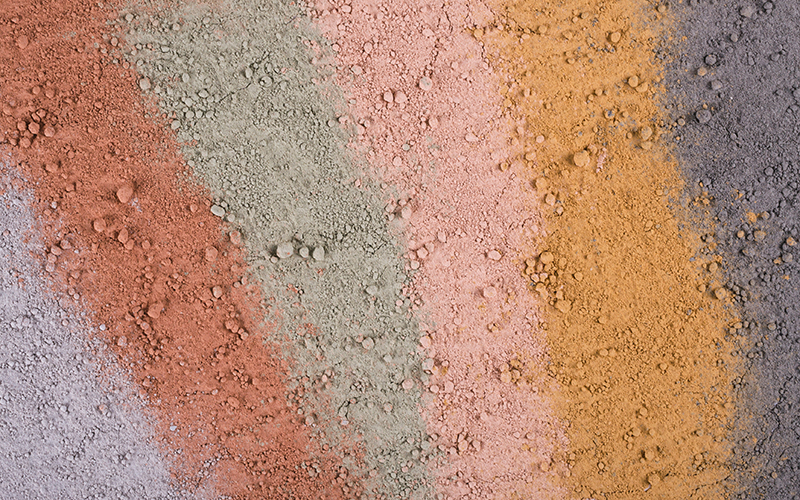
Ingredient Declaration: Clays
Clays are one of the oldest beauty ingredients in the world. But names like French Pink Clay, Brazilian Yellow Clay, and Cambrian Blue Clay, don’t tell what to put in the ingredient declaration.
-
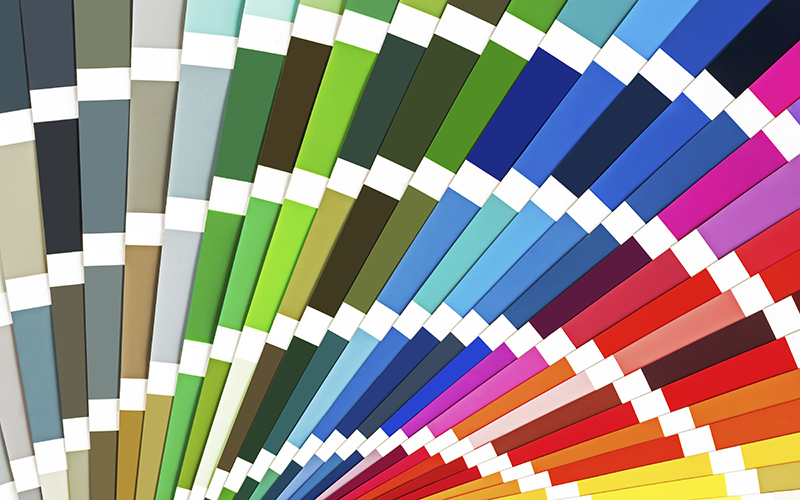
Label Design: The Emotions of Colors
For cosmetics, label design isn’t just about holding the product—it’s about telling a story before the customer even opens the box or unscrews the cap. Colors can influence buying decisions and even communicate what your product promises to deliver.
-
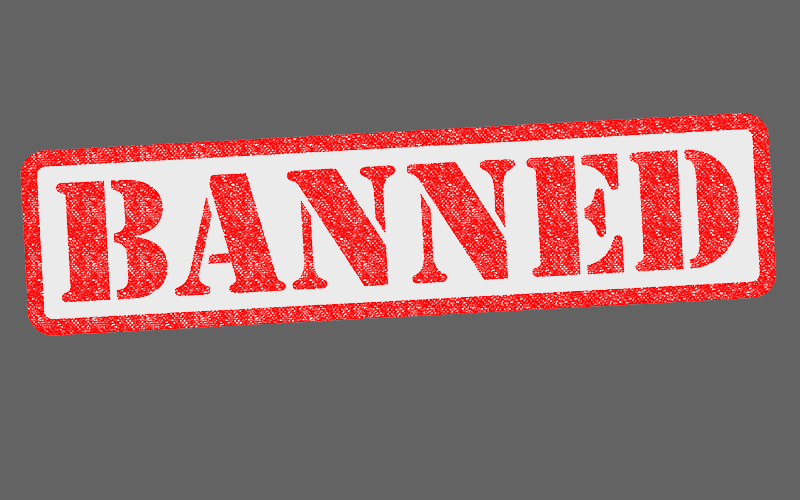
State-by-State Banned Ingredients
Several states have banned some chemicals from cosmetic products and more have legislation in the works.
-
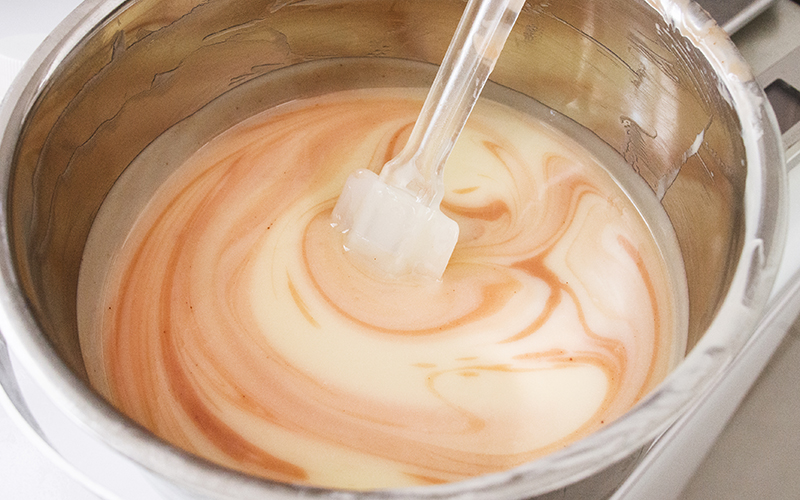
Ingredient Declaration: Blended Ingredients
Blended ingredients contain components that need to be added to your ingredient declaration individually.
-
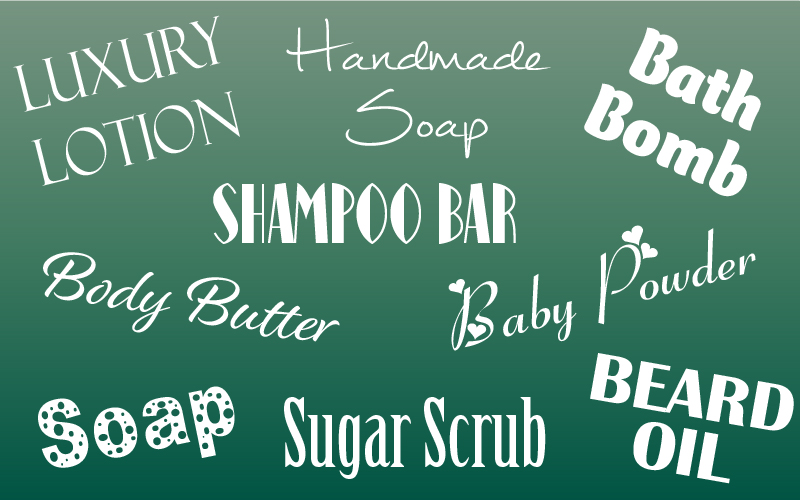
Label Design: Fun with Fonts
When it comes to designing and building product label it’s more than just the regulations. The art, design, and fonts are important!
-
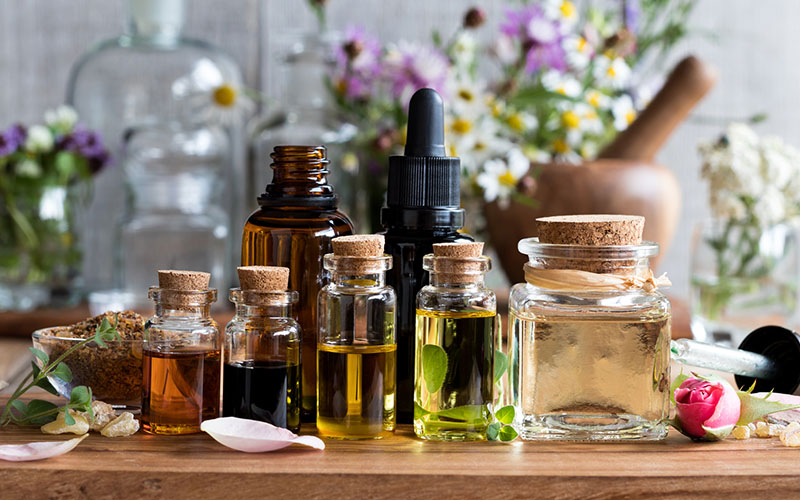
Ingredient Declaration: Fragrance and Flavor
Fragrance and flavor have special treatment in the ingredient declaration.
